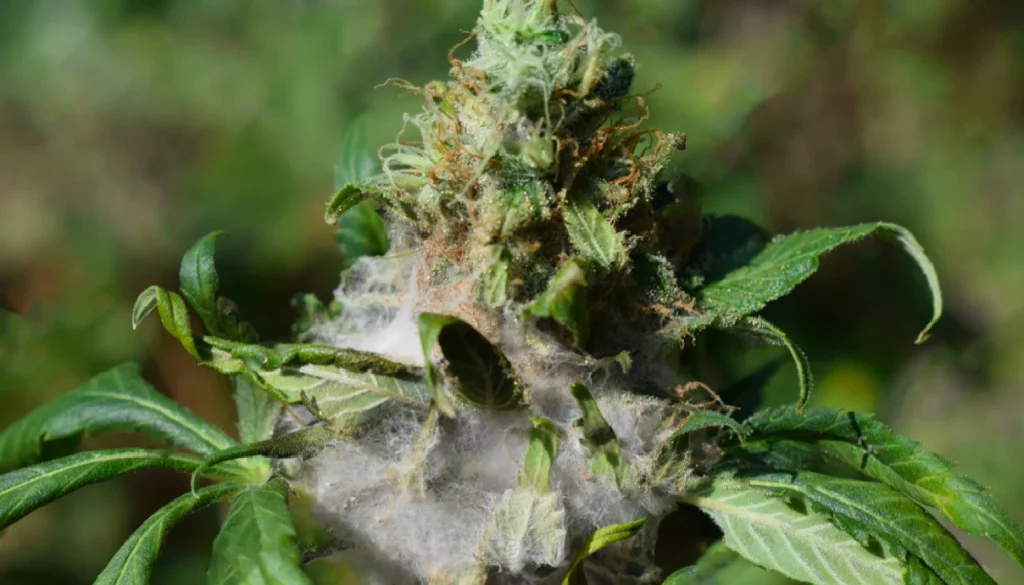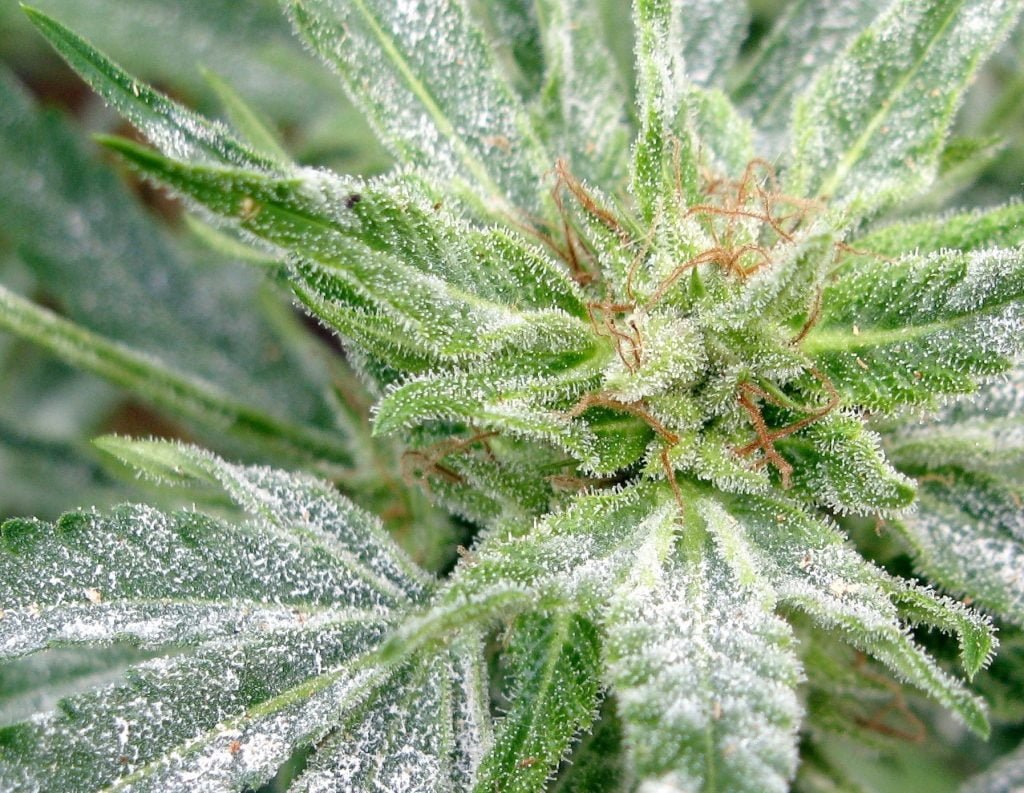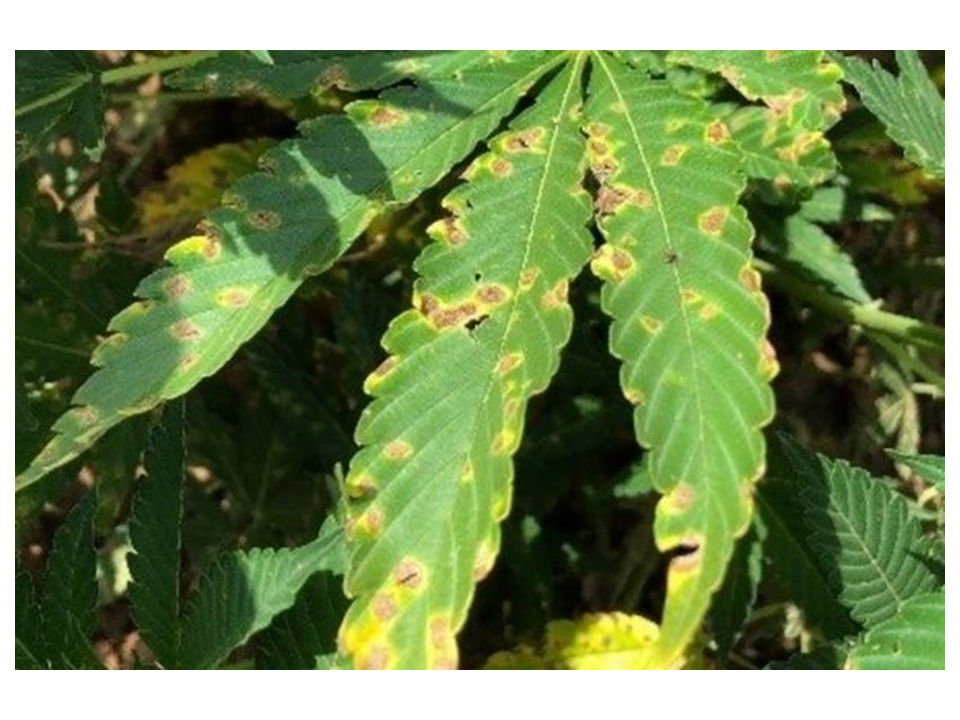English
Cannabis plants and mould – what types of mould do marijuana growers have to deal with?
Mildew on your buds is one of the biggest problems when growing and harvesting cannabis. Until the marijuana isn´t dried and ready, you need to keep an eye out for mold or you could lose everything in a short time. If there is an infestation, you need to act quickly, so you need to be able to identify the mould immediately.
Most marijuana growers have encountered mold at some point. In the garden it’s a fairly common occurrence, but when growing marijuana it’s a problem you needs to be solved immediately. Otherwise, it can become a huge problem.
The most well-known types of mold that can infect cannabis plants.
Grey mould (Botrytis Cinerea)

This type of mold is insidious because it is difficult to detect it an early stage. This is because the mould settles inside the cannabis cola and grows outwards.
If the bud have a wilted character and you see wilted,dark green bud leaves, check the space between the stem and the bud.
Remove the infested area immediately. Otherwise, the fungus will spread through the entire branch to the root and your work would be wasted.
Botritis gets on the plants in the form of small grey spores. The most common methods of transmission are either by water or wind. This fungus is mostly encountered in outdoor cultivation when it is the rainy season. Excessive water and moisture is a breeding ground for this fungus.

Powdery Mildew (Erysiphales)
This is a common type of fungus found on cannabis plants. This type of fungus is most often found on the leaves. It looks like a white dusting.
Be careful not to confuse this mould with trichomes. If you are not sure, use a magnifying glass. At first glance, you can tell it’s a mould.
An infected plant will not necessarily wilt, but its growth will be rapidly stunted. Remove the infected leaf or other part of the cannabis plant immediately.
This type of mould is mainly airborne and in some cases transmitted by certain insects.
Septoria

This type of mould usually appears in summer. It is an ideal time for septoria as high temperatures and abnormal humidity alternate. The subsequent lack of nitrogen is just a gateway for this mould.
Septoria shows up as yellow spots on the leaves. These then turn brown and necrotic. The fungus invades the first few floors of the plant and progresses upwards.
Septoria can destroy most of the foliage. The plant is then under great stress, which results in very low yields and slow growth.
As with grey mould, transmission is by wind and water.
Cannabis plants and mould prevention
All of the above mentioned moulds fall into the category of fungi. They therefore thrive in moist and warm environments.
You could say that moulds are important in the ecosystem, but they have no place on cannabis plants.
Mold will thrive in your garden if you have problems with humidity, airflow, temperature, or if the plant is in poor health.
The only way to get rid of mould is to provide a stable environment. Preventing mould when growing indoors is easy, but there are a few things to keep in mind:
- you must always have a good airflow and good ventilation.
- The plants need to have space and if necessary you should prune them a little
- water and feed at regular intervals
Unfortunately, you don’t have much control over nature when outdoors, but if the plants have enough space and you prune them out a bit if necessary, you should be fine. If there is heavy rain, shake the plants a little to get rid of the water.
Soil mould and how to deal with it?
Mould does not necessarily only affect cannabis plants, but can also occur in the soil.
Use an airy soil with a at least 1/4 of perlit. Set regular watering intervals and make sure the topsoil is dry (1-2 cm) before each watering.
If you keep this up, mould should not appear.
Published by Jan Veselý
04/03/2022choose and buy cannabis seeds from our offer
our pleasure
























